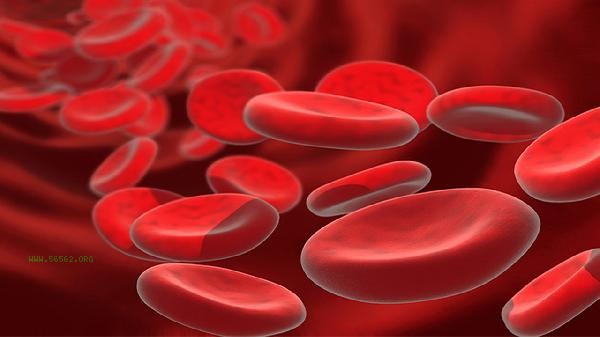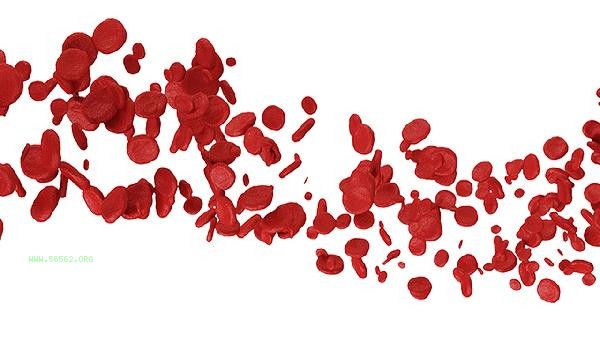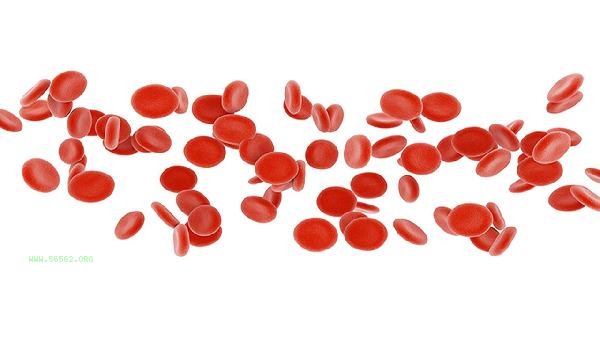The hematocrit of 34.5% is considered mildly low. The normal range of hematocrit varies slightly by gender and age, typically ranging from 40% -50% in adult males and 35% -45% in adult females. If there is dehydration, menstrual period, or recent blood donation before the examination, it may be temporarily low; If it continues to be low, potential causes such as anemia and chronic inflammation should be investigated by combining indicators such as hemoglobin. physiological depression is more common in cases of excessive fluid intake, blood dilution during pregnancy, or prolonged exposure to high altitude environments. This type of situation usually has no accompanying symptoms and can be improved by adjusting drinking habits and supplementing iron containing foods such as animal liver or spinach. If it is caused by excessive menstrual flow, it is recommended to increase the intake of foods rich in heme iron such as red meat and egg yolks, and monitor the results of subsequent examinations. Pathological underestimation of SEP may be related to iron deficiency anemia, chronic kidney disease, or bone marrow hematopoietic dysfunction. Patients with iron deficiency anemia may experience symptoms such as fatigue and dizziness, and require complete serum ferritin testing. After diagnosis, they can follow the doctor's advice to use iron supplements such as dextran iron dispersible tablets and protein iron succinate oral solution. Chronic kidney disease patients may have edema and changes in urine output, which should be evaluated in conjunction with renal function tests. If necessary, recombinant human erythropoietin injection can be used to improve anemia.

It is recommended to have a follow-up blood routine examination after 3 months to observe the trend of changes in the indicators. Daily intake of high iron foods such as beef and black fungus can be moderately increased to avoid strong tea and coffee affecting iron absorption. If symptoms such as pale complexion and palpitations occur after activity, timely medical examination should be conducted to screen for genetic diseases such as thalassemia.










Comments (0)
Leave a Comment
No comments yet
Be the first to share your thoughts!